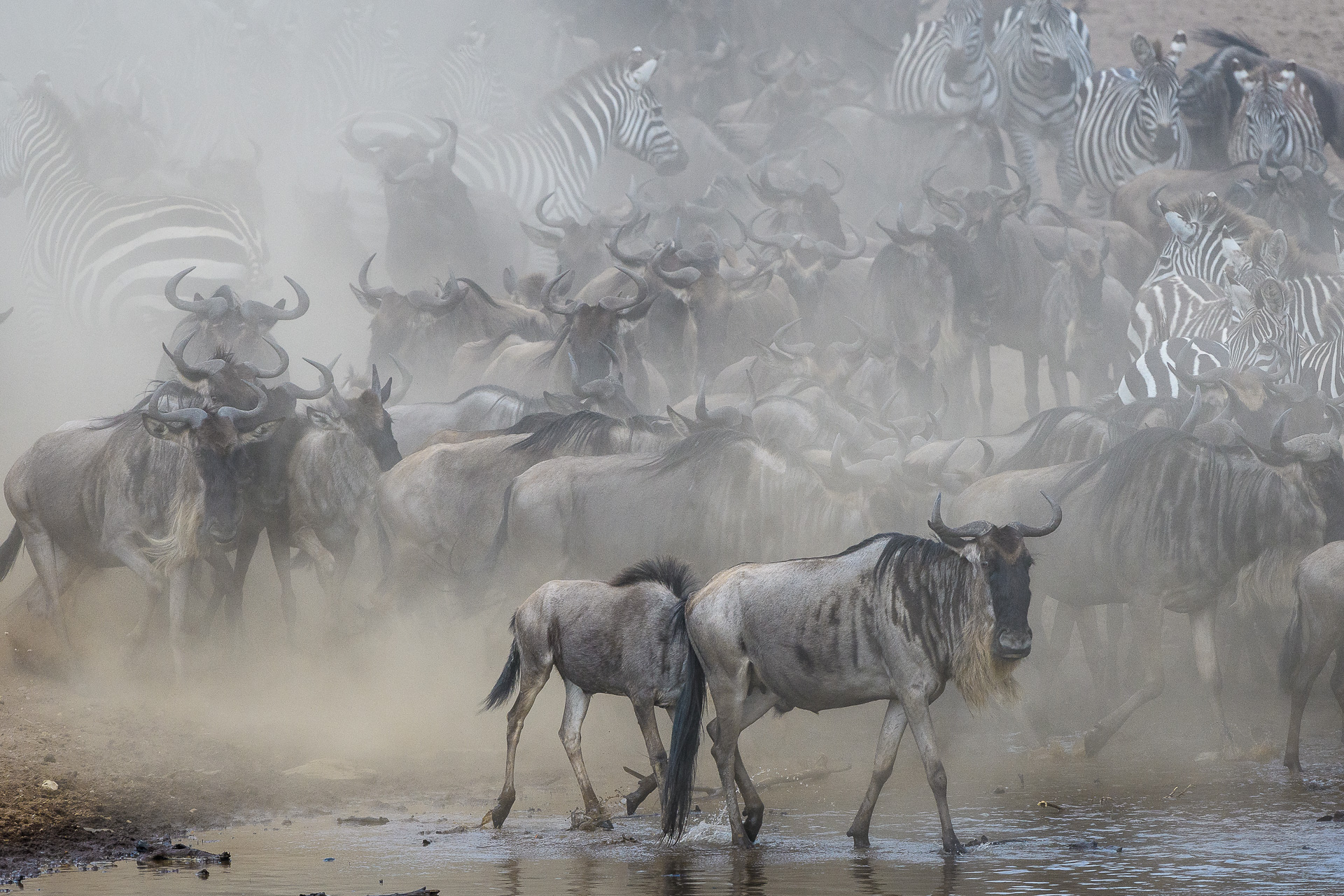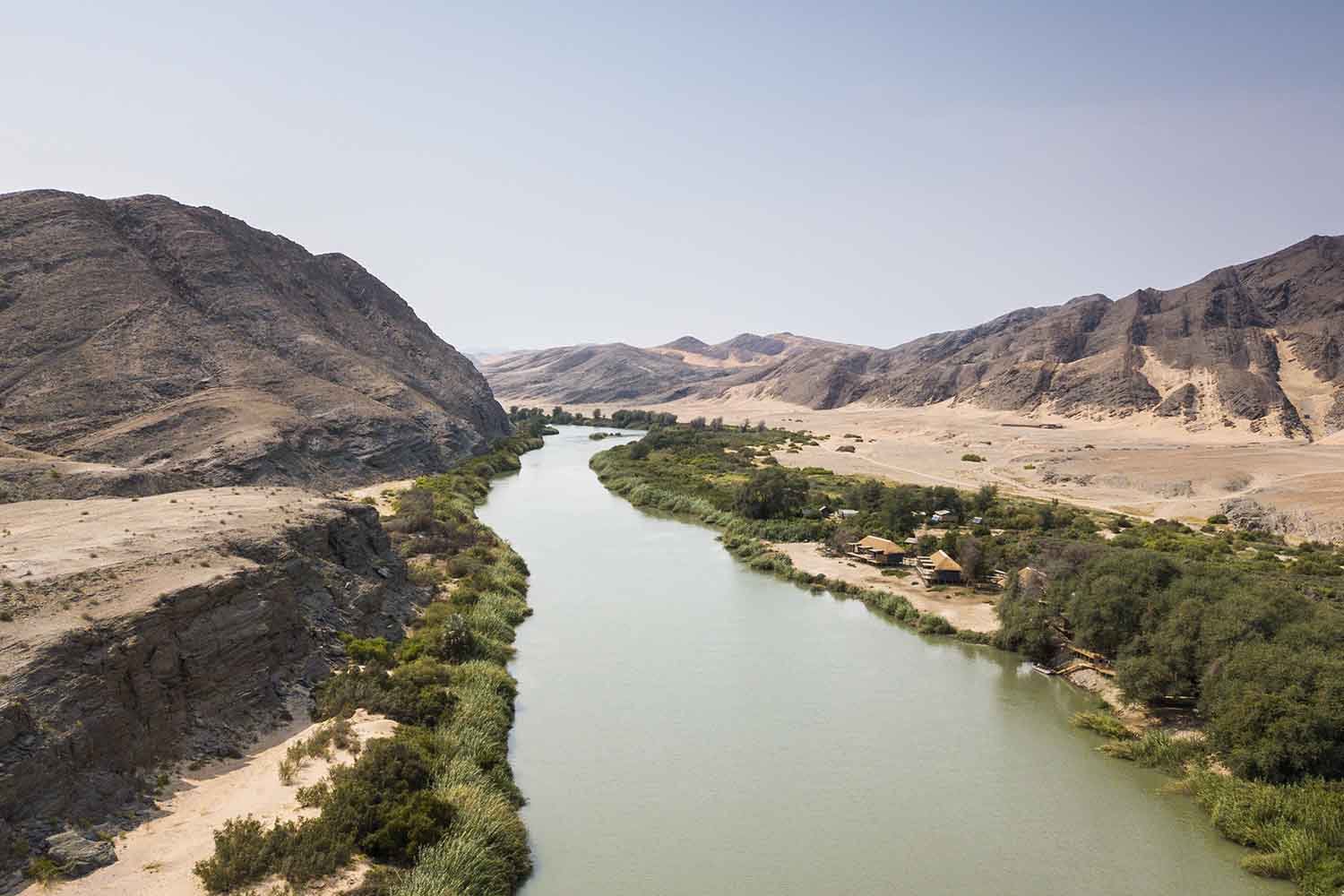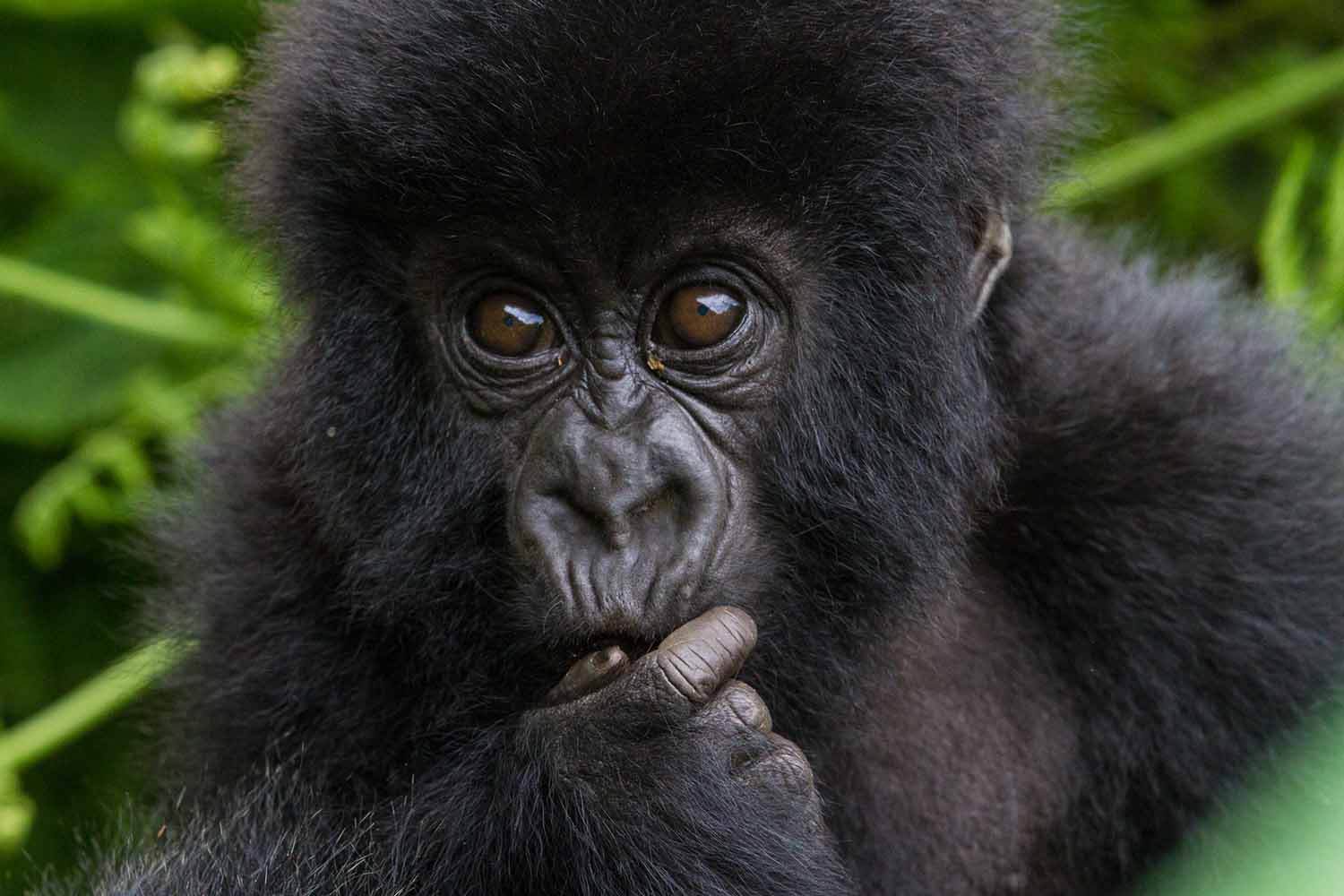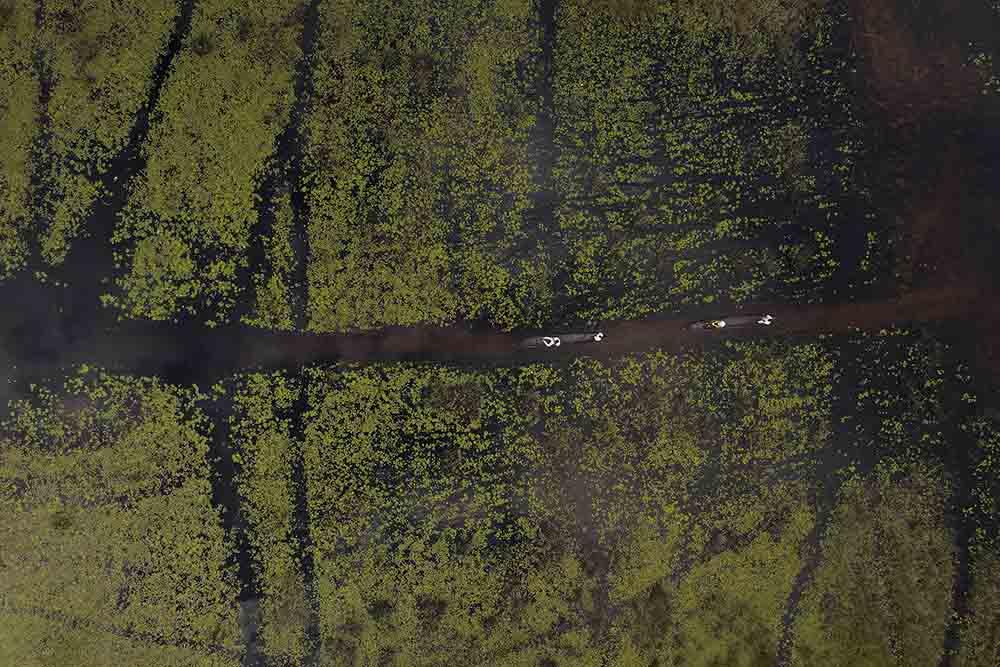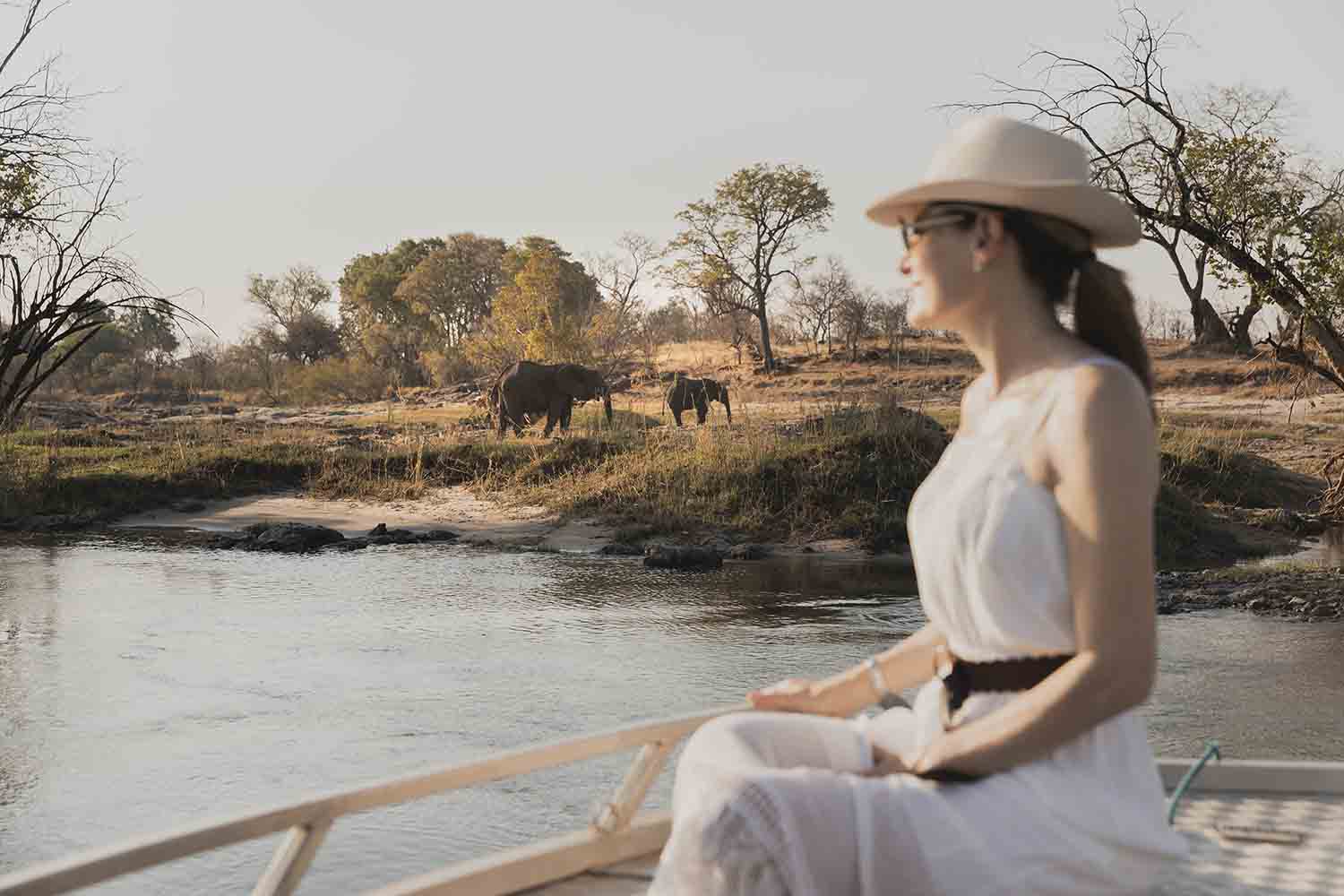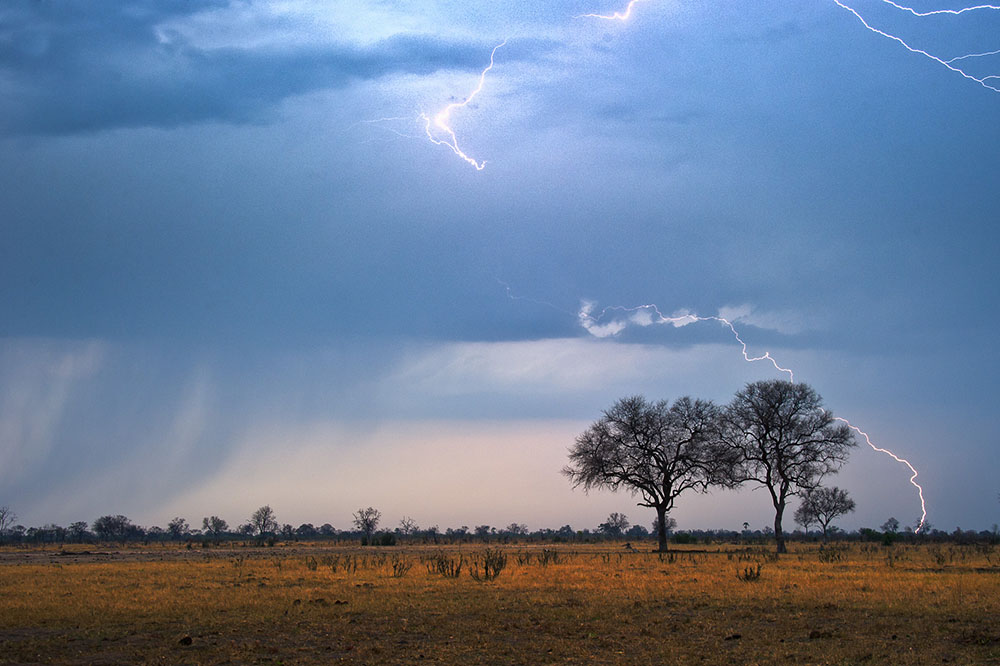Africa
The best time to go on safari
Your Guide to Africa
Our Collective
Janine Avery
6/8/2024
What to expect on a safari

January – March: Serengeti calving season
March – June: Victoria Falls at its best
April – June: Namibia transformed by rains
April – October: Mana Pools open for safari season
June – September | December – February: Gorilla trekking and walking safaris in Rwanda
June – September: Okavango Delta waters rise
June – October: Zambia’s Kafue National Park comes to life
July – September – Activities and wildlife around Mosi-oa-Tunya National Park
July – October: Big herds in Mababe
July – October: River crossings in the Serengeti
July – October: An abundance of elephants in the Linyanti
July – October: See desert-adapted wildlife in Namibia
November – December: Start of the summer season in Zimbabwe
November – March: Green season in Botswana and Zimbabwe

More to discover

The benefits of a Botswana green season safari
Green season is a time of rejuvenation in Botswana’s wild areas. Learn more here about the benefits ...
Read moreTao Varty
04.07.2025

The Hoanib – Linear Oasis of the Namib
Ephemeral rivers are seasonal but sustain wildlife in dry area. Learn about Hoanib River formation. ...
Read moreMartin Benadie
30.06.2025
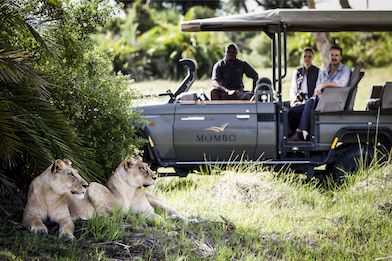
Spotlight on Mombo "The Mother of all Camps"
There’s an unparalleled culture of seven-star hospitality where everyone knows your name.
Read moreMelissa Siebert
19.06.2025

Spotlight On Linkwasha – Hwange National Park
A contemporary safari camp in an iconic African landscape, Linkwasha sits on the edge of the renowne...
Read moreTao Varty
09.06.2025
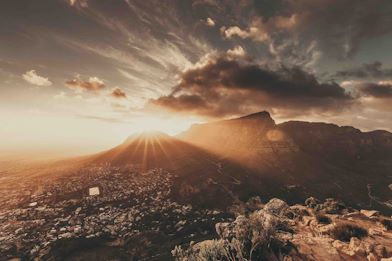
Best of Cape Town and Botswana
Join us on this 12-night adventure, a seamless holiday between two worlds that will have you dreamin...
Read moreLauren Dold
27.05.2025

Let’s plan your next journey
Ready?
When we say we’re there every step of the way, we mean it, literally. From planning the perfect circuit, to private inter-camp transfers on Wilderness Air, and easing you through Customs. We’re with you on the ground, at your side, 24-7, from start to finish. Ready to take the road less travelled? Contact our Travel Designers to plan an unforgettable journey.
